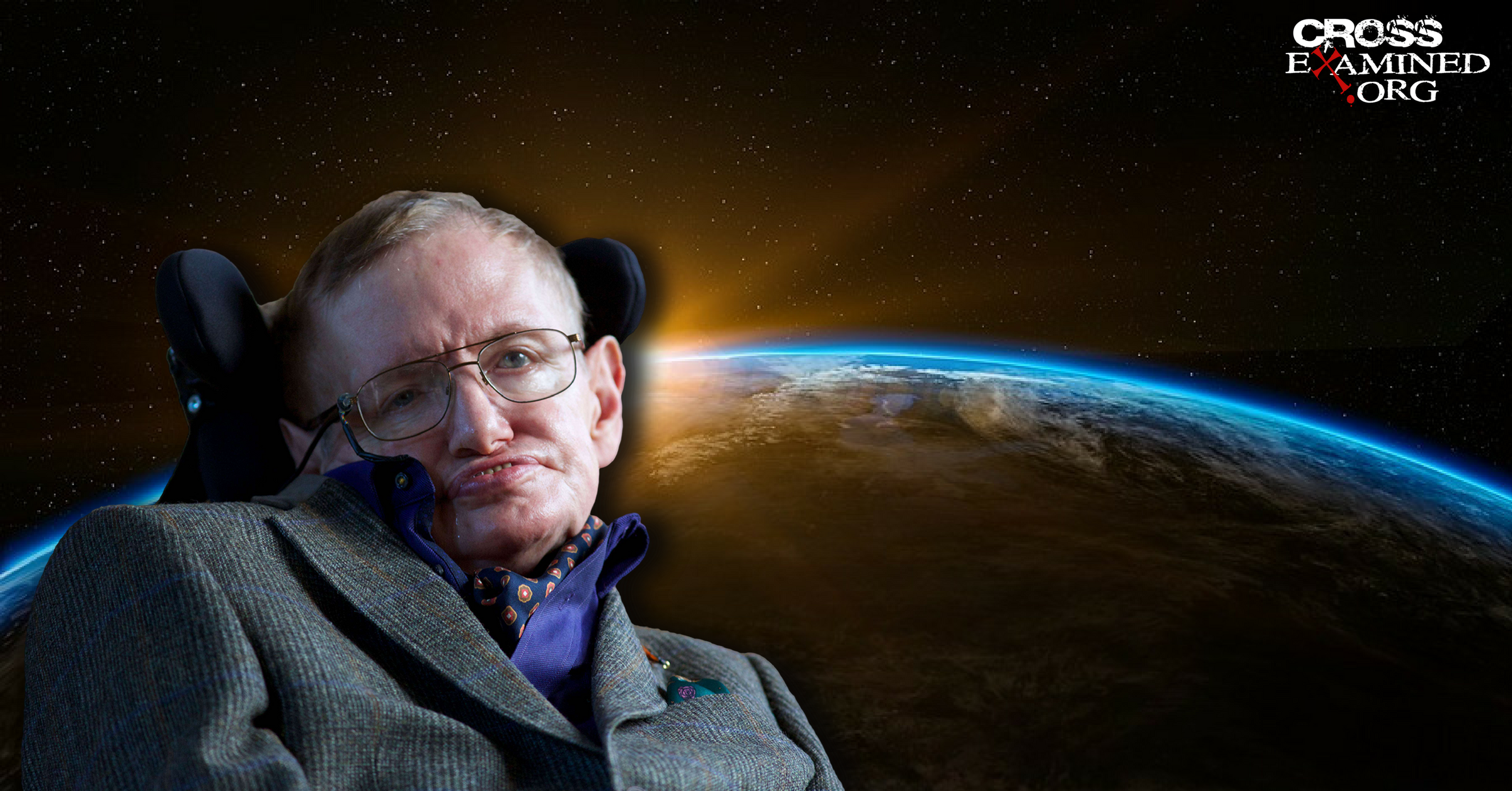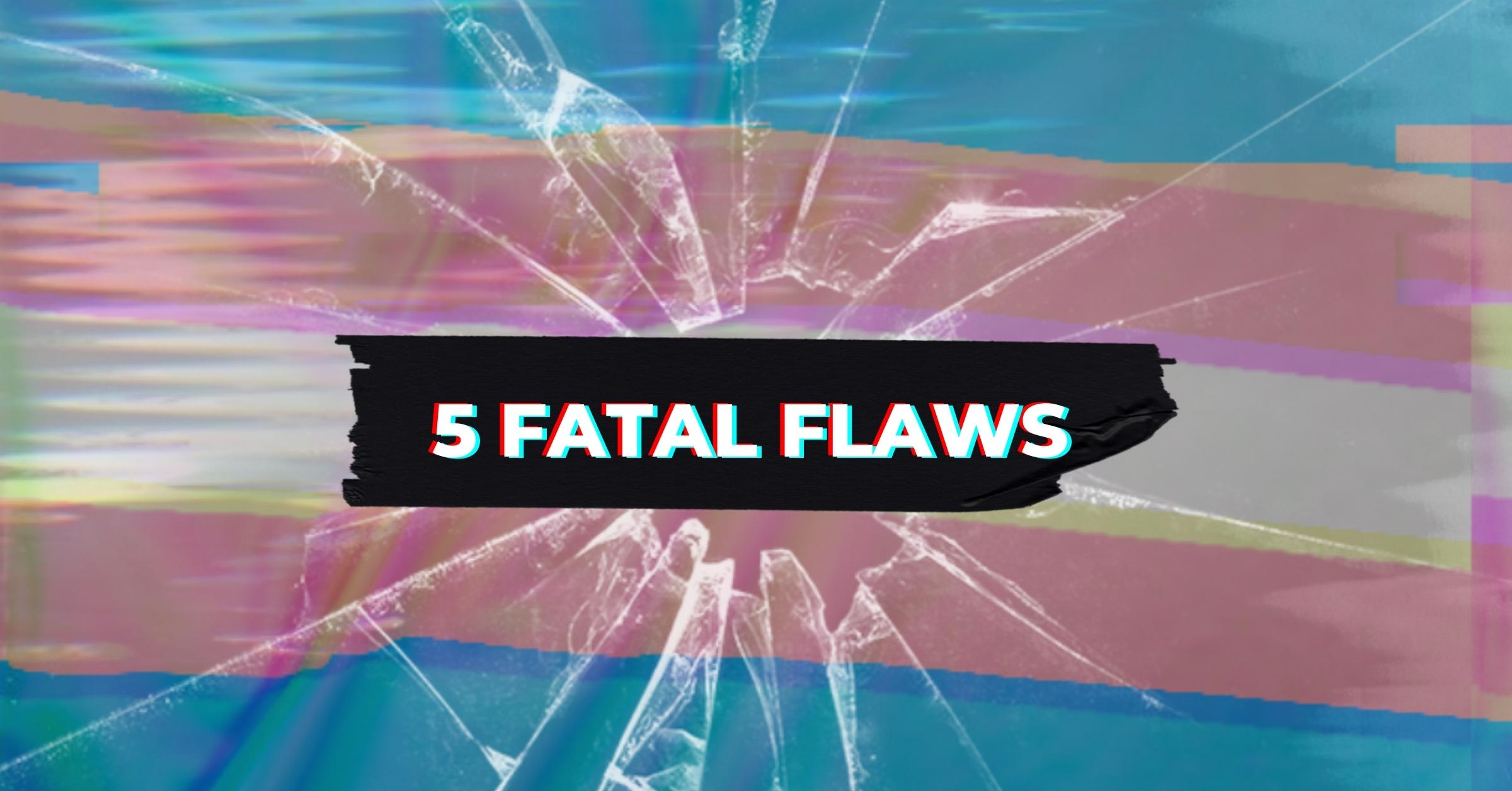Science, Stephen Hawking, And Free Minds
Last night my 11-year old daughter Sally asked me if I’d like to watch “Into the Universe with Stephen Hawking” with her. How could a mom refuse that invitation? So we cozied up in our jammies and tuned in. It was a great show, and highly educational. But not in the way you might think.
The subject of this, the first installment of a series on the Discovery Channel hosted by Hawking, was Aliens. The show opens with Hawking alone in an empty room in his wheelchair. We hear his computerized voice say,
Hello. My name is Stephen Hawking, physicist, cosmologist, and something of a dreamer. Although I cannot move, and I have to speak through a computer, in my mind, I am free.
Another narrator picks up from there,
Free to explore the universe and ask the big questions. Such as, Do aliens exist?
The question, Hawking says, cuts to the heart of how we see our place in the universe. “Are we alone?” He thinks probably not, even though scientists have been looking and listening out for about forty years to no avail. The narrator continues, speaking for Hawking,
The possibilities are infinite. How do we know where to look?
The answer brings us back home to Earth, where the only known examples of life exist. From there, Hawking explains what is currently known about the origin of life on Earth:
Exactly what triggered life here is still a mystery, but there are several theories.
He presents two. The most common theory is that life began purely by accident in pools of primordial soup. Images on the screen evoke Darwin’s “warm little pond,” teeming with amino acids randomly bumping into one another for eons and eons until just the right combination of circumstances caused just the right bump:
It somehow just happened … the ultimate lucky break that started the chain of life.
That’s the first theory. The other one is an
intriguing idea, called Panspermia, which says that life could have originated somewhere else and have been spread from planet to planet by asteroids.
Let’s pause there. Panspermia, as I pointed out in this article from Salvo 11, falls within the boundaries of Intelligent Design theory (ID), with which regular Salvo readers are familiar.
I explained Panspermia and ID to Sally. It took about one minute, and she grasped it well enough. Then we re-wound the recording to listen again to Hawking’s musings about the first, and “most common,” theory. He admits the improbability of it,
It is extremely unlikely that life could spontaneously create itself, but I don’t think that’s a problem with this theory. It’s like winning a lottery. The odds are astronomical, but … someone hits the jackpot.
“Yes, Sally,” I said, “but that’s because someone outside the system created the lottery, and funded it so that it could be there in the first place.”
Light bulbs went off immediately. “Ah-HAH,” she laughed out loud. “I didn’t think of that, but that makes sense!” We laughed together for a moment then watched the rest of the show.
The point I’d like to make is she’s a 6th grader, and she’s capable of thinking with a free mind, taking in competing theories about something, and, to a certain extent, analyzing them. This is how critical thinking skills are developed. But as this Crosshairs, also from Salvo 11, points out, wherever the National Center for Science Education (NCSE) gets its way, teachers are prohibited from informing students about competing scientific theories concerning the origin of life, including the one offered, though not by name, as a valid theory by no less a science luminary than Stephen Hawking. (The NCSE also opposes students being informed of different views concerning global warming, but that’s another issue for another post.)
Stephen Hawking is an amazing and inspiring man, and we enjoyed watching his show. I’d like to focus on that ideal of a free mind and note two things. First, the NCSE, by intentionally ignoring ID (and vehemently opposing it when active ignorance is no longer an option), limits free inquiry and hinders, rather than advances, science. They do our children a disservice.
Second, while Hawking does believe that alien life likely exists, including the life of superior intelligence, he allows no room for the possibility that that intelligence might be a supernatural being. In so doing, I suggest he limits himself and his scientifically brilliant mind more than he realizes. To limit experimental science to only those things which can be seen, heard, and touched is reasonable. To limit your mind and imagination, in the same manner, hinders free inquiry.
Even a 6th grader can understand that.
This post first appeared in the Salvo Signs of the Times blog. (By the way, a very interesting discussion ensued. If you like open discussions, check it out.)
Original Blog Source: http://bit.ly/2pbiEaU












Leave a Reply
Want to join the discussion?Feel free to contribute!